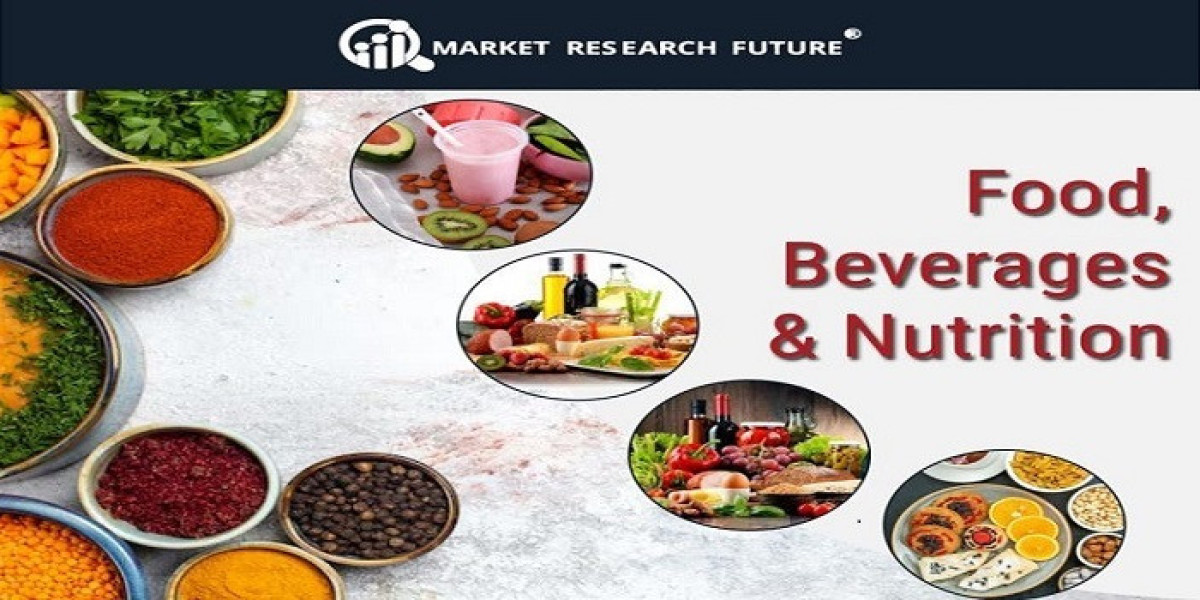Understanding segmentation is crucial for companies that aim to enter or expand in the prebiotic ingredients market. The MRFR report segments the market by Type (oligosaccharides, inulin, polydextrose, others), Source (roots, grains, vegetables), Function (gut, bone, immunity, heart, weight management) and Application (bakery & confectionery, dairy & frozen desserts, dietary supplements, snacks, beverages, oil & fats, others).
By Type
Inulin is reported as the dominant segment, holding the largest share.
Other types—oligosaccharides, polydextrose—represent growth potential.
Implication: If you’re an ingredient company with inulin capability, you may have strong base; if you’re seeking growth and differentiation, explore newer types.
By Source
Vegetable source segment is highlighted by the MRFR report as the fastest-growing.
Roots and grains are other sources.
Implication: Raw-material sourcing, supply sustainability and clean-label credentials (e.g., “vegetable-derived prebiotic”) will become differentiators.
By Function
The “Gut health” function dominates the market and is fastest growing.
Secondary functions (immunity, bone, heart, weight management) present incremental opportunity.
Implication: Brands can package prebiotic inclusion with multiple functional claims (e.g., “prebiotic + immunity”)—but must ensure substantiation.
By Application
Applications: bakery & confectionery, dairy & frozen desserts, dietary supplements, snacks, beverages, oil & fats, etc. MRFR indicates beverages held the largest share in 2023.
Implication: If you’re a food brand, applying prebiotics in beverages or dairy may offer easier formulation path; snack or confection formats may need more adaptation.
Strategic take-aways
Ingredient suppliers: Align with both high-share segments (inulin, vegetable source, gut health) and emerging growth segments (new types, other functions, snack applications).
Food / beverage brands: Choose applications and claims that match your capability (e.g., if you produce dairy drinks, incorporate prebiotics there).
Packaging & marketing: Functional benefit must be clear—“prebiotic for gut health” vs generic “fibre”.
Prioritisation: Focus on segments where growth forecast is higher and competition lower.
Conclusion
Segmentation isn’t just classification—it’s strategic. In the prebiotic ingredients market, some segments (inulin, vegetable source, gut health, beverage/dairy applications) dominate today; others are rising. Companies that pick the right segment and align capabilities accordingly will outpace peers.








